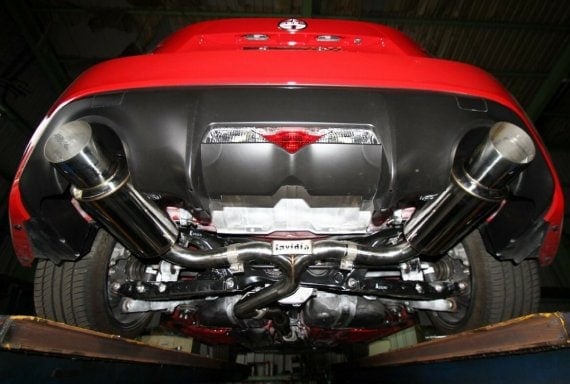Does Cold Air Intake Make Your Car Faster

The allure of enhanced performance often leads enthusiasts down the path of aftermarket modifications. Among the most commonly debated upgrades is the cold air intake (CAI). The promise is simple: by supplying the engine with cooler, denser air, combustion becomes more efficient, resulting in increased horsepower and torque. But does a CAI truly deliver on its promise, or is it merely a placebo effect fueled by aggressive marketing?
The Theory Behind Cold Air Intakes
Internal combustion engines are, at their core, air pumps. They ingest air, mix it with fuel, compress the mixture, ignite it, and then expel the exhaust gases. The efficiency of this process is heavily influenced by the density of the air being ingested. Cooler air is denser, meaning it contains more oxygen molecules per unit volume. More oxygen allows the engine to burn more fuel, resulting in a larger and more powerful explosion during the combustion cycle. This translates to more power at the crankshaft. Standard factory air intake systems are often designed with compromises in mind. They prioritize factors such as noise reduction, cost, and ease of maintenance over outright performance. They often draw air from within the engine bay, where temperatures can be significantly elevated due to engine heat. A cold air intake attempts to circumvent these limitations by relocating the air filter to a location outside the engine bay, where cooler ambient air can be drawn in.
The Reality: Dyno Results and Real-World Performance
While the theory behind CAIs is sound, the actual performance gains can vary significantly depending on several factors. These include the specific make and model of the vehicle, the quality and design of the CAI itself, and the presence of other modifications. Some vehicles, particularly those with turbocharged or supercharged engines, may respond more favorably to a CAI than naturally aspirated engines. This is because forced induction systems are more sensitive to air density and can take better advantage of the increased airflow. In some cases, a well-designed CAI can yield measurable horsepower gains on a dynamometer, often in the range of 5-15 horsepower. However, these gains are typically realized at higher engine speeds, meaning they may not be noticeable during normal driving conditions. Furthermore, the claimed gains advertised by manufacturers should be viewed with skepticism, as they are often obtained under ideal conditions that may not accurately reflect real-world usage.
Potential Drawbacks and Considerations
Despite the potential benefits, there are also several potential drawbacks to consider before installing a cold air intake. One common issue is the potential for increased engine noise. While some enthusiasts appreciate the more aggressive sound, others may find it objectionable, especially during long drives. Another potential problem is the risk of hydro-lock, which can occur if the air filter is submerged in water. This can happen if the CAI is located too low in the engine bay and the vehicle is driven through deep puddles or floodwaters. Hydro-lock can cause catastrophic engine damage, so it's crucial to ensure that the CAI is properly installed and positioned. Additionally, some CAIs may require modifications to the vehicle's computer system (ECU) to properly compensate for the increased airflow. Without proper tuning, the engine may run lean, which can damage the engine over time. Finally, it's important to note that some CAIs may not be legal in all locations, particularly those that remove or bypass emissions control devices. Check your local regulations before installing any aftermarket modifications.
Conclusion: Weighing the Pros and Cons
Ultimately, whether or not a cold air intake will make your car faster depends on a variety of factors. While the theory is sound and dyno results may show some gains, the real-world benefits can be subtle and may not be worth the cost and potential drawbacks for all vehicles. For some applications, particularly those involving forced induction and careful tuning, a CAI can be a worthwhile upgrade. However, for other vehicles, the gains may be minimal and the risks may outweigh the rewards. Before installing a CAI, it's essential to research the specific make and model of your vehicle, consider your driving habits, and weigh the potential pros and cons carefully. Consulting with a qualified mechanic or performance specialist can also help you make an informed decision.
